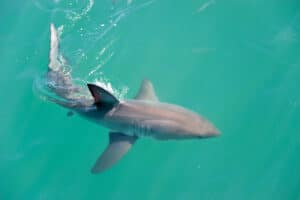Although we don’t often think about it, the journey from bacteria to humanity is extremely long. For the vast majority of that timeline, humans, and anything remotely similar to humans simply weren’t around. Even more, large swaths of life’s timeline, when compared to the things we see today, are extremely surprising. One of the clearest examples of this can be seen in the often touted phrase “sharks are older than trees.” Today, we are going to be investigating this claim, as well as exploring some of the other animals on earth today that can be counted among the oldest species ever. Let’s get started!
Are Sharks really older than Trees?
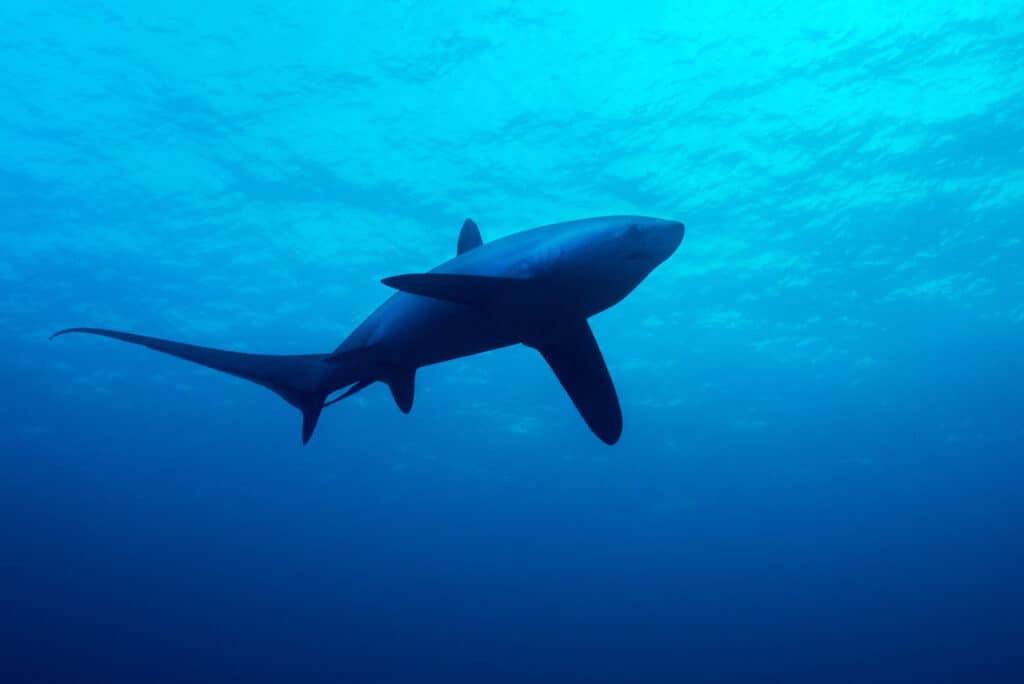
Sharks evolved about 40 million years before trees did.
©bearacreative/Shutterstock.com
As crazy as it sounds, sharks evolved millions of years before “true” trees had ever evolved on earth.
Once you get over the shock of the scope of the evolutionary history on earth, it’s quite fun to compare different evolutionary timelines! Sharks and trees aren’t closely related. Trees, as well as all land plants, evolved from green algae almost a billion years ago, but the journey to becoming the trees that we recognize today would take a bit longer. Sharks are thought to have evolved from small leaf-shaped fish that didn’t have eyes, fins, or even bones!
In the evolutionary timeline, sharks evolved about 40 million years before woody trees ever towered over the earth’s landscape.
When did Sharks and Trees first evolve?
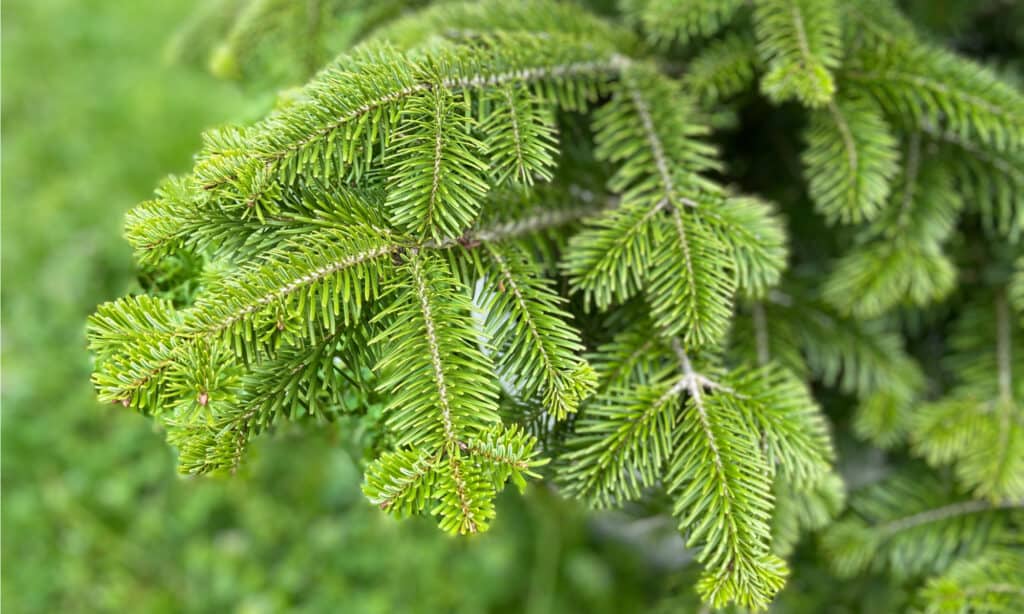
Sharks evolved 400 MYA, and woody trees evolved 360 MYA.
©KanphotoSS/Shutterstock.com
Sharks first evolved 400 million years ago in the Paleozoic Era. During this era, life on earth expanded from single-celled organisms into bony fish and sharks all over the world. The earliest sharks that evolved during the time aren’t around today, although all the sharks alive today are directly descended from them.
Trees came about during the same era as sharks, just a lot later. The first “tree-like” plants appeared around the same time that sharks appeared on earth, roughly 400 million years ago. These plants weren’t trees, however, and were composed of things like ferns, horsetails, and lycophytes. What set these plants apart was they had a vascular system, a development allowing plants to rise off the ground. Around 380 million years ago, these plants evolved into seeded plants. Another 20 million years and these seeded plants started developing woody stems, officially classifying them as trees! The wooden trunks of these early trees allowed them to tower above other plants.
What are some of the oldest animal species still in the world?
Although sharks and trees are really old, many of the original species aren’t around today. The oldest shark, for example, is probably the goblin shark. Goblin sharks can trace their ancestry to Anomotodon principals, a species of shark that lived around 125 million years ago. The oldest living trees aren’t as easy to trace, but the Ginko Balboa is definitely a contender. Ginkgos, or at least the Ginkgo genus, first appeared 170 million years ago.
Let’s take a look at some of the oldest living species still around today.
Coelacanth – 410 MYA
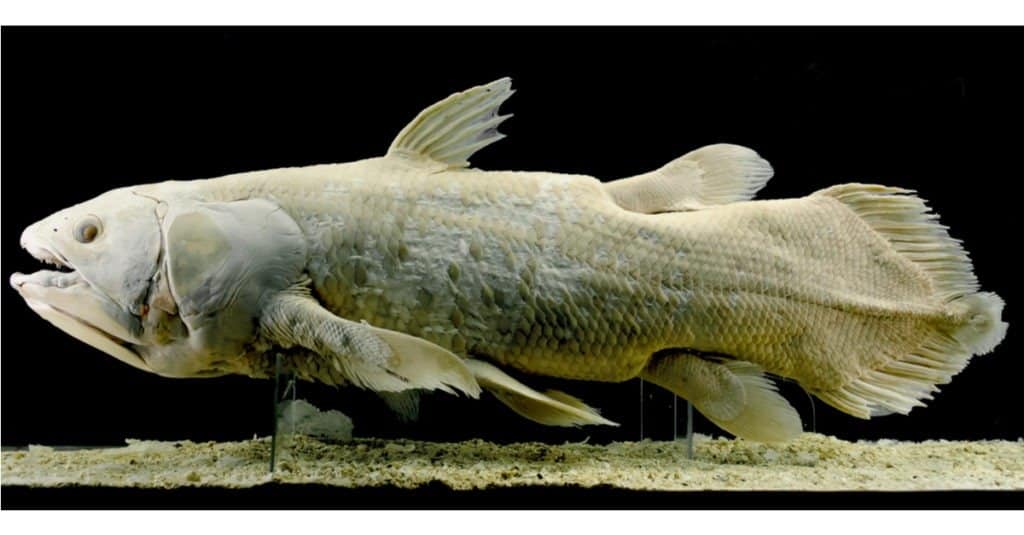
Coelacanths were thought to have gone extinct 66 million years ago but were discovered near South
Africa
.
©Faviel_Raven/Shutterstock.com
The Coelacanth is one of the oldest known fish still alive today. There are two species, one living near Africa and the other near Indonesia. The oldest Coelacanth fossils are only 410 million years old, predating dinosaurs, trees, and sharks by a large margin. They were originally considered to have gone extinct 66 million years ago but were found off the coast of South Africa.
Horseshoe Crab – 480 MYA

Horseshoe crabs are living fossils.
©SandraG/Shutterstock.com
The horseshoe crab is neither horse nor crab, instead being closely related to spiders and scorpions. They are generally found in sandy or muddy areas around North America and Asia. These amazing animals are often harvested for their blue blood, a vital ingredient used in modern vaccines.
Nautilus – 500 MYA
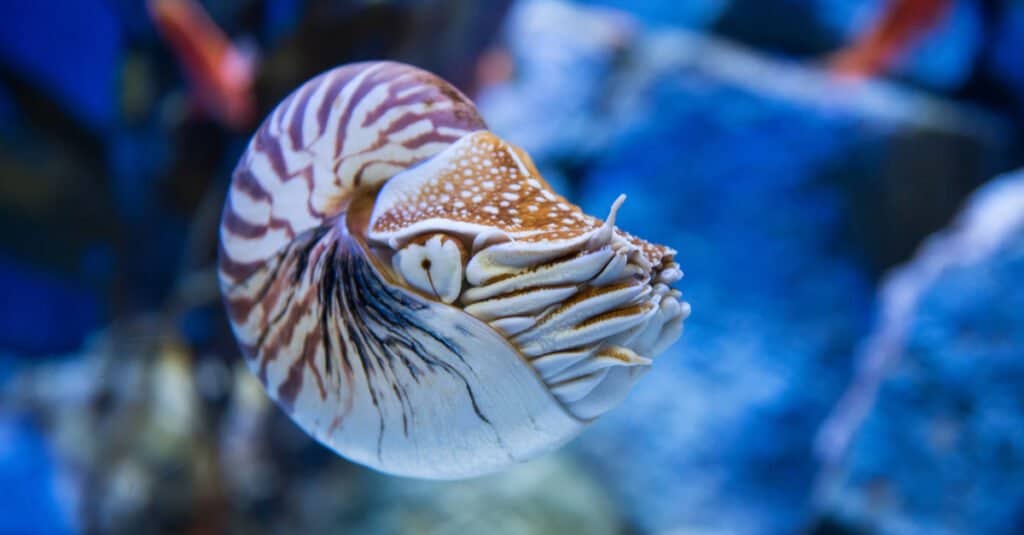
Natilus’s haven’t changed in nearly 500 million years.
©kikujungboy CC/Shutterstock.com
The nautilus is a cephalopod from the Nautilidae family and the only remaining family from the superfamily Nautilaceae. There are six species still alive today and have remained relatively unchanged for their entire existence. Having a legacy that stretches half a billion years classifies these amazing creatures as true “living fossils.”
Jellyfish (including comb jellies) – 500-700 MYA

Jellyfish fossils date to around 500 million years ago.
©Danza/Shutterstock.com
Seeing a jellyfish is usually all the proof that one would need to believe that they are among the most primitive and ancient animals alive today. Under the popular “jellyfish” umbrella are two groups: cnidarians (true jellyfish) and ctenophores (comb jellies). True jellyfish often have long tentacles used for stinging, while comb jellyfish have oval bodies and tentacles that can’t sting. Regardless, both are extremely old. The oldest known jellyfish fossils date to around 500 million years ago, while comb jellies could date as far back as 700 million years ago.
Sponges – 600 MYA
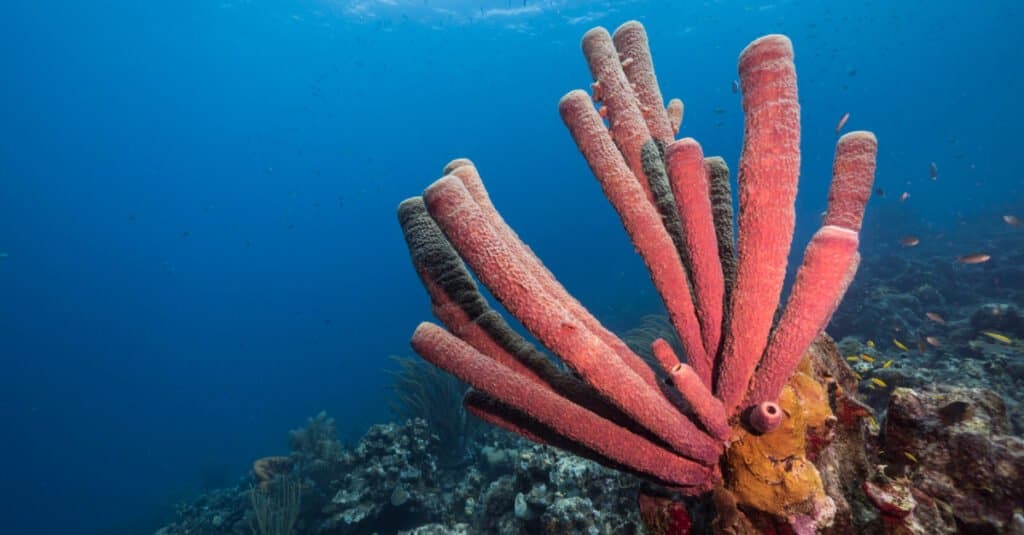
Sponges are some of the oldest animals to have ever split from the main evolutionary branch.
©NaturePicsFilms/Shutterstock.com
Although your kitchen sponge is likely much older than it should be, sea sponges probably have it beat. Sea sponges are incredibly diverse, with 5,000-10,000 species around the world. Most scientists estimate that sea sponges first evolved around 600 million years ago and are likely the first group to branch off the main stem from all common ancestors, essentially meaning that we are all related to sponges if we go back far enough.
Cyanobacteria – 2.7-3.5 BYA
Although jellyfish and sponges are old, the undisputed king of “living fossils” is undoubtedly bacteria. Cyanobacteria are found all over the world in nearly any environment with water, including oceans, soil, rocks, and more. When blooming, cyanobacteria create a blue-green color that is often fossilized in a stunning manner. Currently, the oldest undisputed cyanobacteria evidence is 2.1 billion years old, but new evidence that is still being studied and argued over could be 3.5 billion years old.
The photo featured at the top of this post is © wildestanimal/Shutterstock.com
Thank you for reading! Have some feedback for us? Contact the AZ Animals editorial team.





